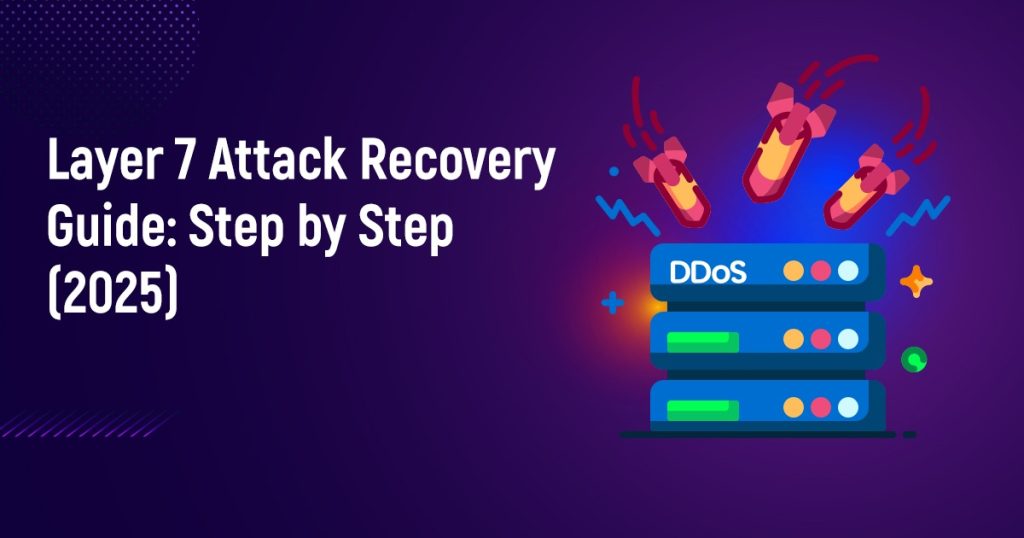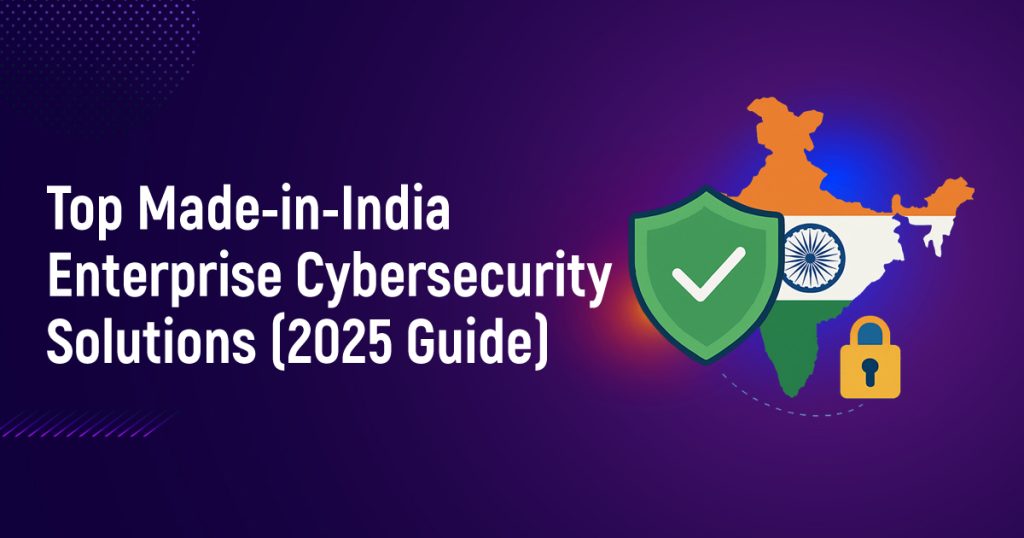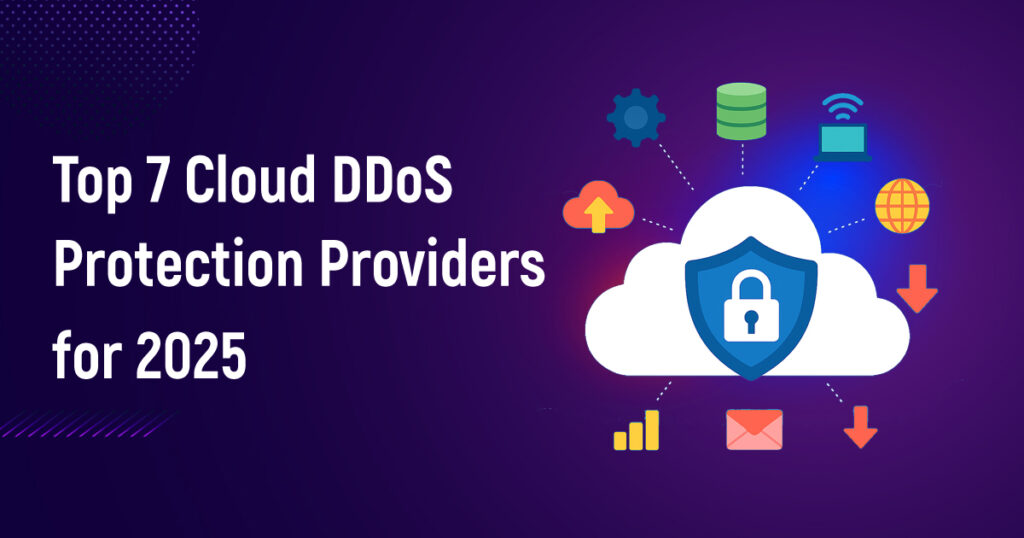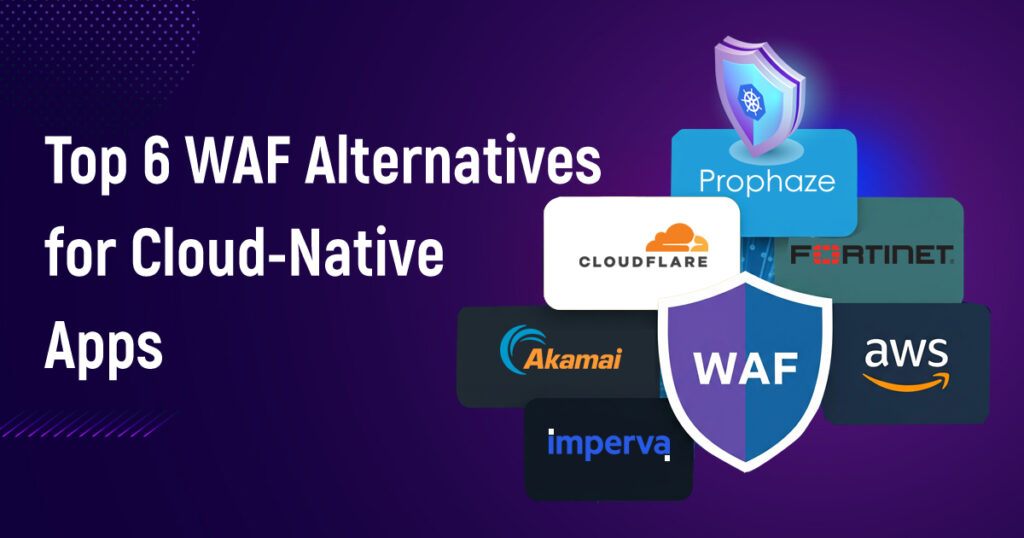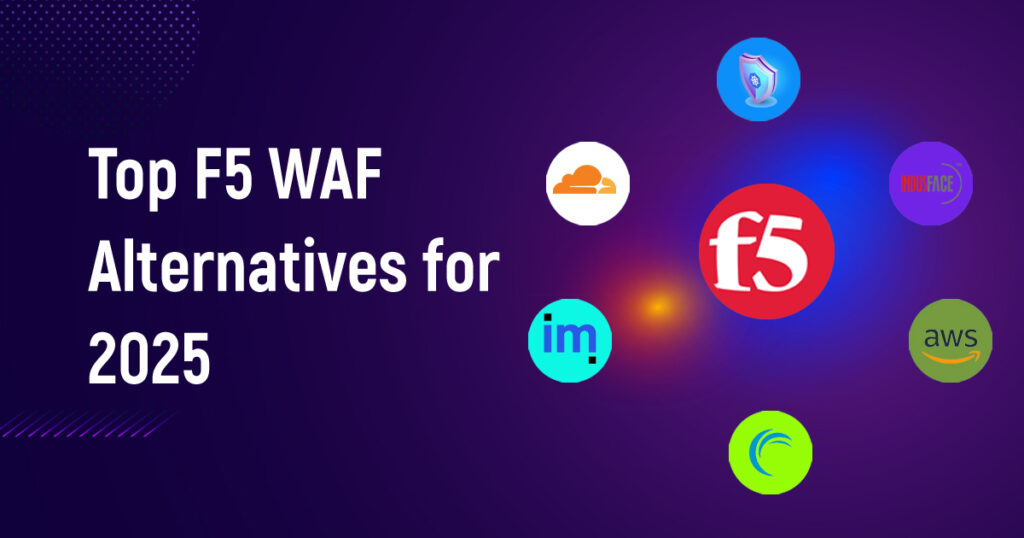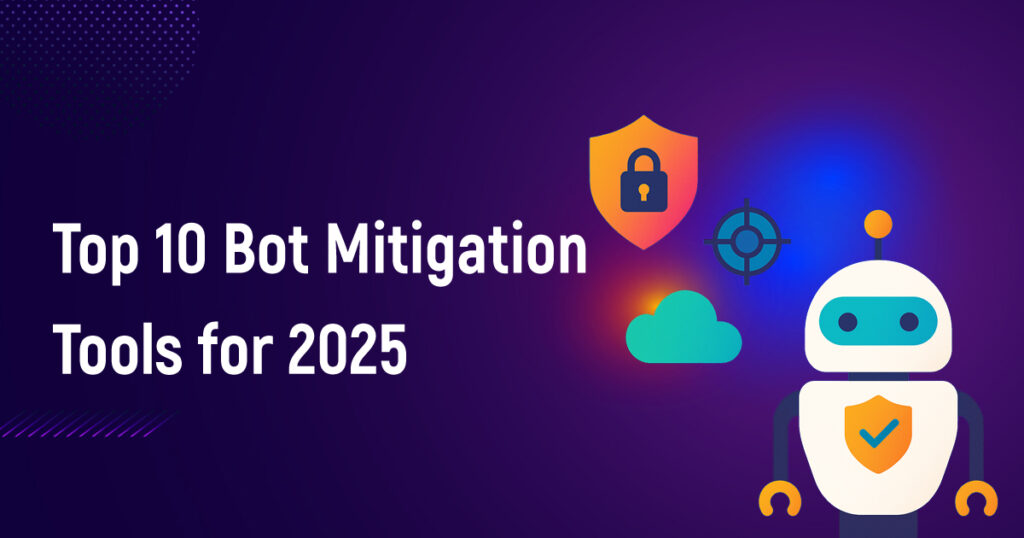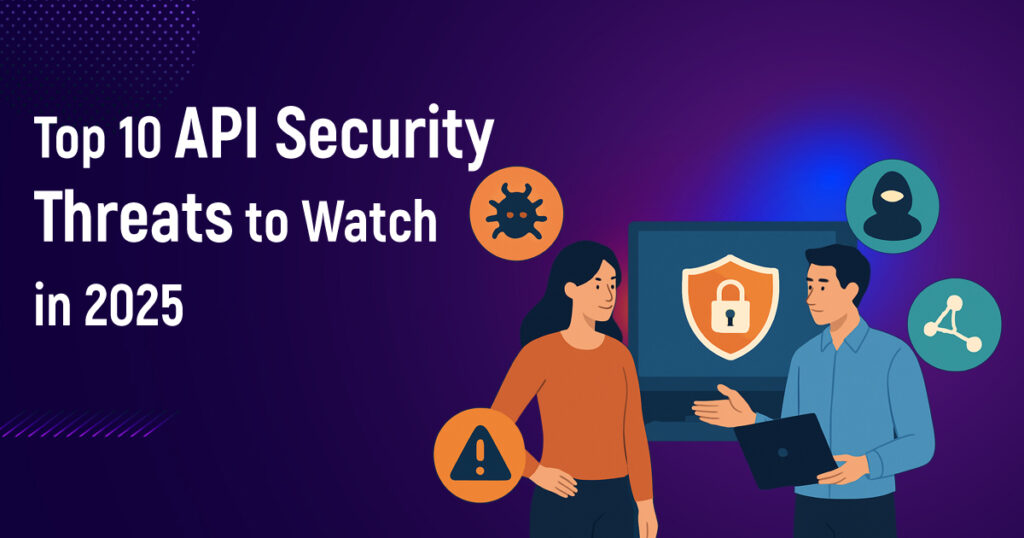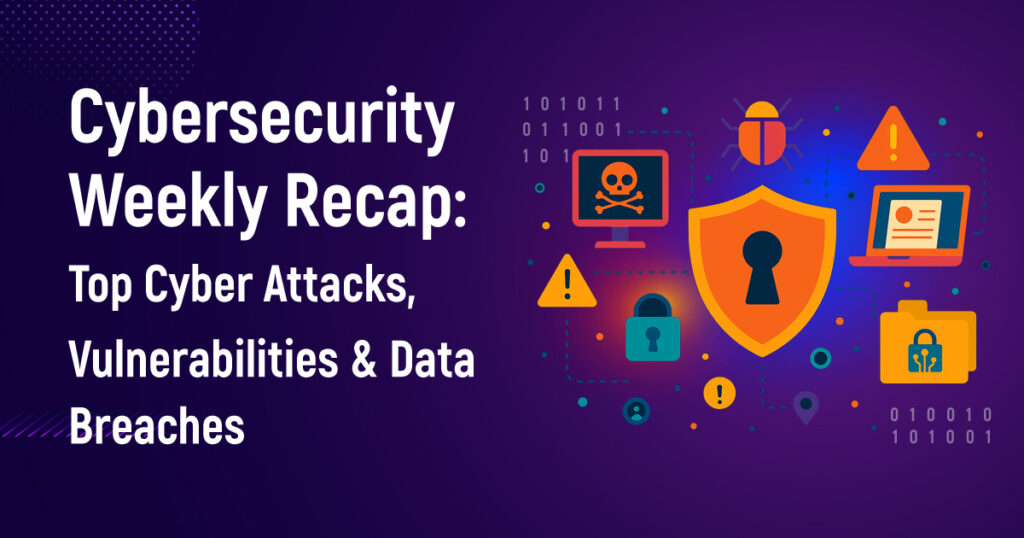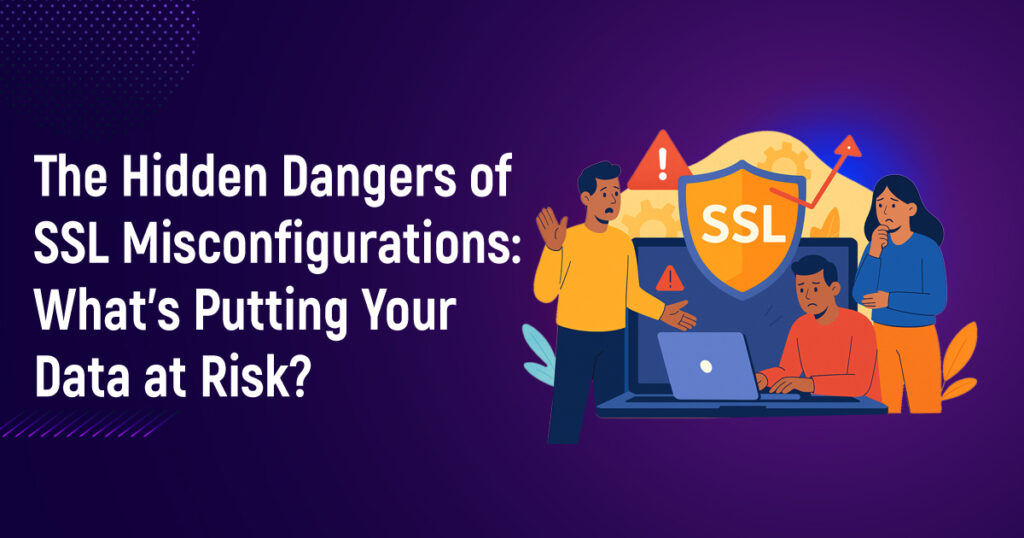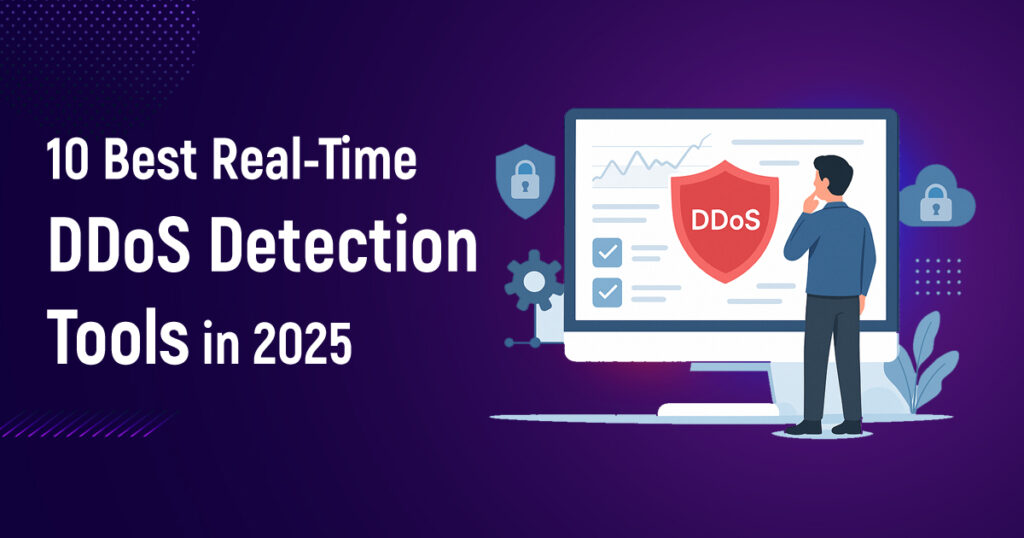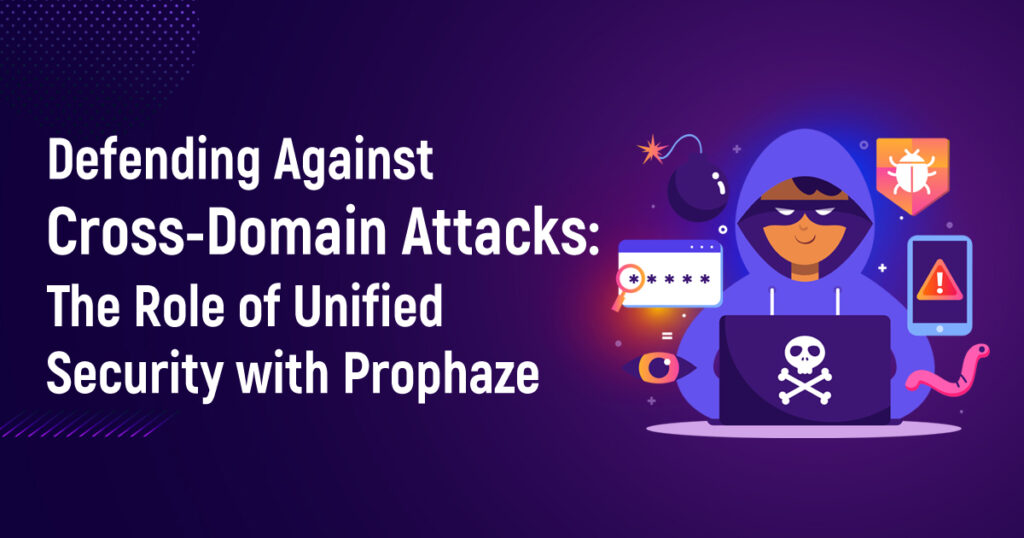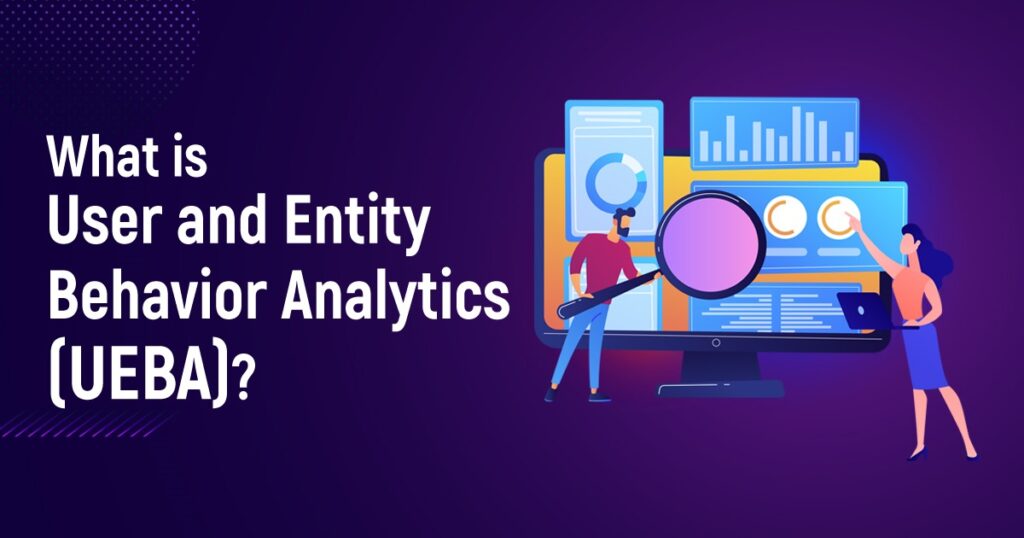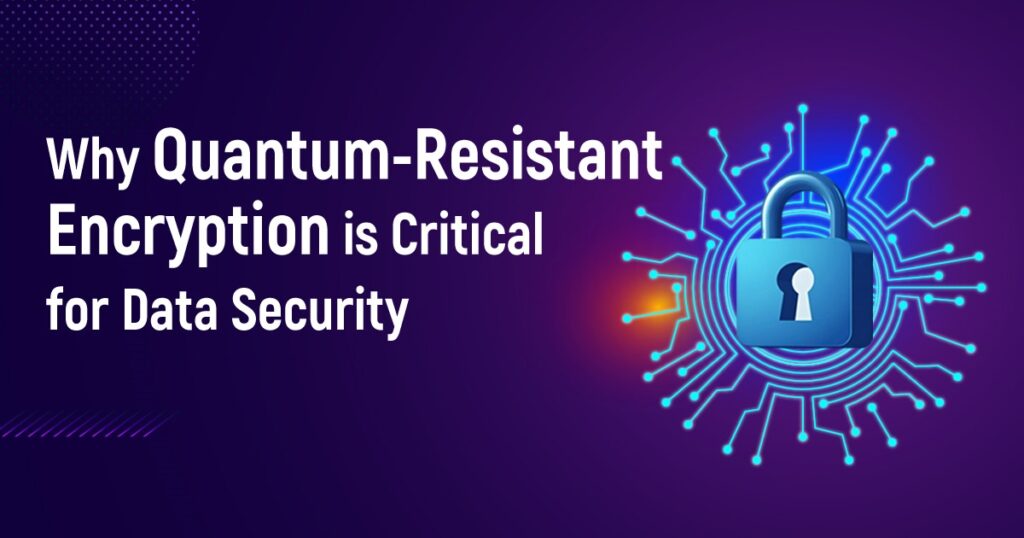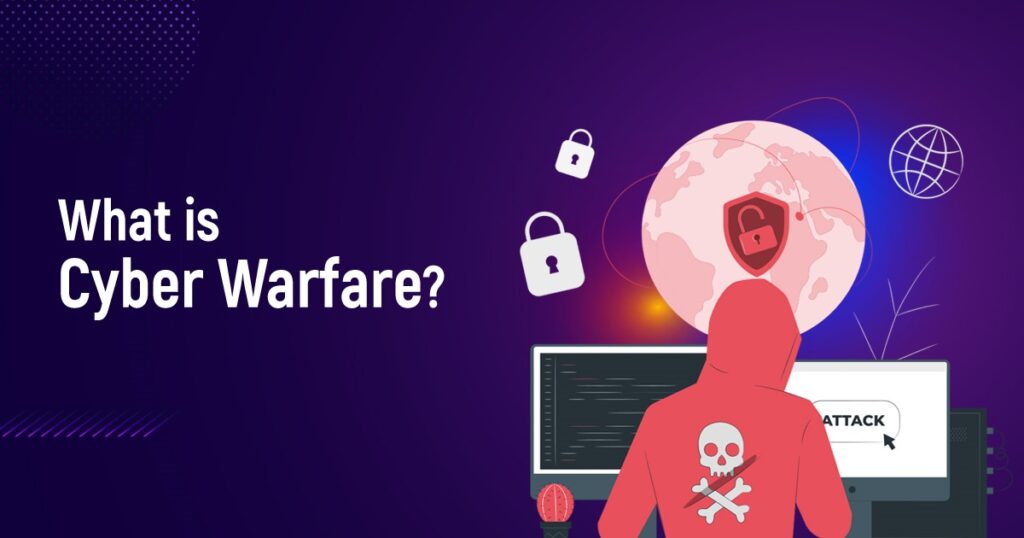Prophaze Blog
A Layer 7 attack—also called an application-layer DDoS attack—is one of the most severe threats to modern websites. By simulating
In 2025, managed security service providers (MSSPs) are at the center of enterprise defense. With cyberattacks growing more advanced, MSSPs must deliver
In 2025, Indian enterprises face unprecedented cyber threats — from AI-powered ransomware to shadow API exploits. With the average cost
APIs power the modern digital world — from mobile apps and SaaS platforms to enterprise systems. But with this power
Why India is Emerging as a Cybersecurity Powerhouse Cybersecurity has become one of the most pressing concerns for enterprises in
In 2025, protecting your web applications and APIs is no longer just an IT concern — it’s a business-critical priority.
India’s rapid digital transformation has opened the floodgates to cyber threats. As industries shift toward cloud-native, API-first architectures, the need
As cyberattacks grow in complexity and velocity, network security in 2025 is no longer just about perimeter defense — it’s
Zero Trust is no longer a buzzword — it’s the bedrock of modern cybersecurity. As 2025 unfolds, enterprise infrastructure is
Introduction to Evolving Landscape of Intrusion Detection In the current complex cybersecurity scenario, organizations experience highly sophisticated attacks that tend
Introduction to Cybersecurity Risk Management in 2025 As cyber threats continue to grow in complexity and scale, traditional perimeter-based defenses
The Evolving API Threat Landscape APIs have become the foundation of digital transformation, facilitating quick and scalable integration across various platforms.
The Evolution of SOCs in 2025 By 2025, Security Operations Centers (SOCs) will transform from reactive monitoring hubs into proactive,
Why DDoS Protection Is Critical in 2025 As businesses migrate more critical operations to the cloud, DDoS attacks have become an ever-present
The Critical Role of Data Loss Prevention in Modern Cybersecurity In today’s world, data is a vital business asset, and
Why Cybersecurity Compliance Matters More Than Ever In today’s rapidly digitizing world, cybersecurity has transitioned from being a mere IT
In a time where protecting digital privacy is crucial, end-to-end encryption (E2EE) has emerged as a key technology for securing
As businesses rapidly adopt cloud-native architectures—powered by Kubernetes, containers, and microservices—securing these highly dynamic environments has become more complex than
In today’s interconnected world, securing web applications is not just optional; it’s essential. Web Application Firewalls (WAFs) serve as the
Bots account for nearly 50% of all internet traffic, and not all of them are benign. From credential stuffing and
In the current digital environment, safeguarding your web applications and APIs is imperative, not optional. As cyber threats become increasingly
In today’s hyper-connected digital ecosystem, cloud environments are the backbone of innovation—but they’re also prime targets for cyber threats. With
APIs are the building blocks of modern digital ecosystems—powering mobile apps, SaaS platforms, IoT, and AI services. But with this
In a world where APIs serve as the foundation for digital transformation, ensuring their security is essential rather than optional.
Cloudflare WAF is a popular choice in the cybersecurity landscape, but it isn’t a one-size-fits-all solution. In 2025, organizations are
In the fast-changing digital environment of 2025, it is essential to protect your online assets from Distributed Denial of Service (DDoS)
Web Application Firewalls (WAFs) are evolving. In 2025, protecting just against the OWASP Top 10 is no longer enough. Businesses
Introduction to Security Model Rethink Traditional perimeter security models are no longer sufficient in an age where users work remotely,
APIs are everywhere—powering mobile apps, cloud platforms, and enterprise systems. Safeguarding your APIs is crucial rather than optional. API security
As the cybersecurity landscape evolves rapidly in 2025, safeguarding web applications grows increasingly complex and vital. The rise in zero-day
A CASB can be deployed either on premises or in the cloud. Most of the CASB deployments are SaaS-based. There are
Introduction In the first half of April 2025, cybersecurity threats have escalated in both volume and complexity. From state-sponsored cyber
CVE-2025-29927 CVSS Score: 9.1 High Severity A newly discovered high-severity vulnerability in Next.js (CVE-2025-29927) is raising serious concerns for developers
As digital risks multiply and enterprise environments become more complex, cyber insurance is fast becoming a critical pillar in every
A recently uncovered web skimming scheme is elevating online fraud by leveraging an outdated Stripe API to verify stolen payment
SSL/TLS encryption forms the foundation of secure online communications; however, misconfigurations can expose vulnerabilities to cyber threats instead of protecting
The cybersecurity landscape continues to evolve with adversaries deploying new and advanced malware loaders to bypass detection. Recent research has
Why Real-Time DDoS Detection Tools Are Essential in 2025 DDoS attacks are becoming more frequent and sophisticated, causing service downtime,
Integrating a Web Application Firewall (WAF) into DevSecOps pipelines ensures continuous security, real-time threat mitigation, and compliance automation. As cyber
APIs are the backbone of modern applications, enabling seamless communication between systems. However, their increasing usage has also led to
The cybersecurity landscape in 2025 has seen a dramatic rise in sophisticated cross-domain attacks. These attacks exploit vulnerabilities across interconnected
The cybersecurity landscape in 2025 is evolving rapidly, driven by AI advancements, increased cloud adoption, and sophisticated attack methodologies. Understanding
Federated Identity Management (FIM) is a system that allows digital identities to be shared across multiple jurisdictions, organizations, or security
User and Entity Behavior Analytics (UEBA) is a cybersecurity solution that uses advanced analytics to detect anomalies in the behavior
Quantum-Resistant Encryption refers to cryptographic algorithms designed to withstand the computational capabilities of quantum computers. This is different from classical
In today’s interconnected digital world, enterprise-level API security is critical for businesses of all sizes, particularly small to medium-sized businesses
Cyber Warfare is the use of digital attacks by one country or organization to damage or disrupt another country’s critical
An AI-powered Security Operations Center (SOC) represents a revolutionary change in the way organizations manage cybersecurity. By combining artificial intelligence
Cybersecurity Network Architecture (CSMA) is a flexible, deployable approach that decentralizes security controls. Move the security perimeter from a centralized


